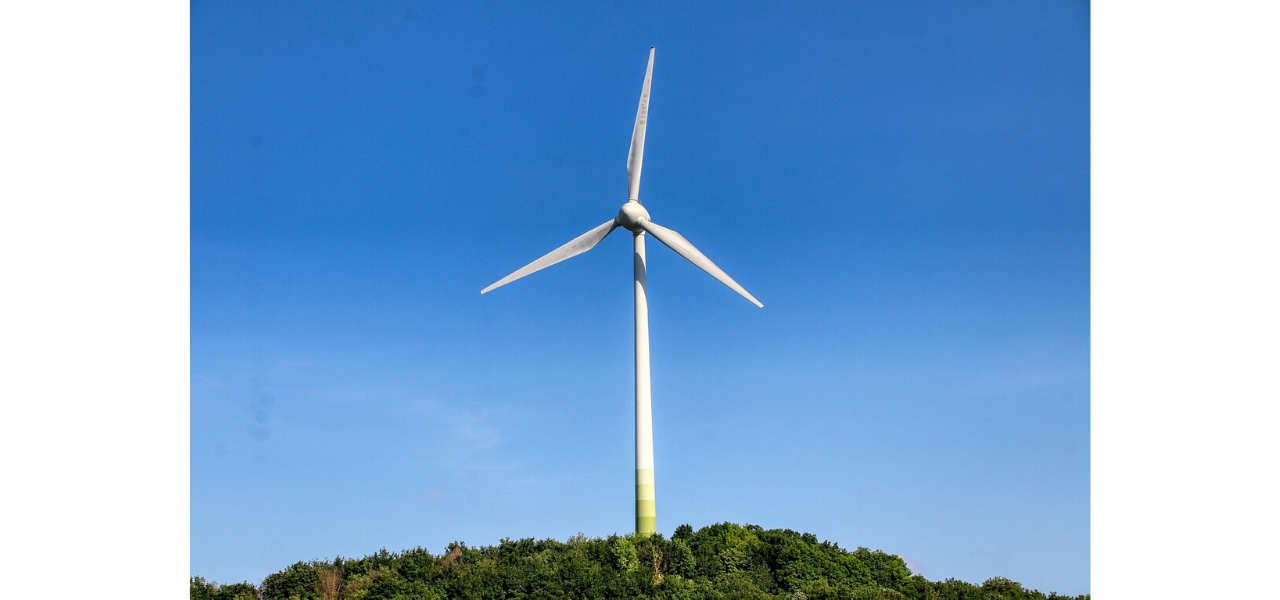Wind turbines

CPRE Wiltshire: POSITION STATEMENT ON WIND TURBINE INSTALLATIONS
CPRE Wiltshire recognises that onshore wind and other technologies can contribute to meeting the U.K.’s requirements for renewable energy. But wind turbines can also damage the natural beauty of the countryside and adversely affect the experience of residents and visitors.
It is the duty of the planning system to arbitrate between these potentially conflicting objectives. We are anxious to see the planning authorities in Wiltshire strike a proper balance. CPRE Wiltshire will therefore:
- judge each application on its merits on the basis of the general principles outlined below and, where necessary, will make representations to the planning authority on that basis;
- avoid any presumption of preferred technology as between wind turbines, and/or solar panels, and/or other renewable or low-carbon energy sources;
- aim to improve the application of Local Plan requirements by lobbying for supplementary planning guidelines and practice that will help achieve the balance we seek.
CPRE Principles of Assessment
- Reflecting Government planning guidance[1], the expansion of renewable energy supply is not taken as good in itself. Its achievement must be balanced with the need to conserve the scenic and environmental qualities of the proposed location. The environmental cost of a wind turbine installation must always be included in assessing the balance of advantage.
- Development within nationally designated areas (AONB, National Park, Green Belt) are likely to be opposed unless there is a strong energy requirement and evidence that identification of alternative sites has been unsuccessful.
- In areas with no such designation but with high scenic or and environmental value, brownfield or industrial sites should be used wherever possible to minimise intrusion on natural skyline and natural settings.
- Our consideration of the scale of a proposed development will assess potential energy output against ground-cover, size and number of new buildings entailed, traffic generation, etc.
- The evidence and information in support of each application must show that a range of social, landscape and technical effects have been appropriately and independently assessed, and we will seek evidence that these effects are minimal and tolerable.
Social impacts
Any new wind turbine development will inevitably have effects on local people and communities. We shall expect an application to provide full and objective detail on factors such as:
- noise generated and interference radii;
- light pollution;
- flicker and shadowing;
- loss of outlook and overbearing;
- effects on rights of way and public access.
Wind turbine developers commonly offer goodwill payments to local communities (typically parish councils) as an incentive for support of the development. Irrespective of the consistency of this practice with good planning principle (or its unfairness when a landscape is enjoyed by a much wider population), we shall look for a full statement of the amounts and distributions of such payments.
Landscape effects
For such potentially intrusive developments as wind turbines, the presumption should be in favour of the undertaking of an Environmental Impact Assessment. But if a formal EIA is not legally required, the planning authority should insist on inclusion within the application of expert independent assessment of:
- visual impact (even if the application is for a solo installation), assessed both simultaneously (within one field of vision) and sequentially (as one travels through the landscape);
- landscape impact, having regard to the location’s setting vis-a-vis adjacent landscape features, fields of view, scenic features etc. Importantly, to show conformity with Government policy and best-practice, this assessment should address accumulative impact, i.e. it should have full regard to the installation’s relationship to pre-existing installations[2].
- the design of associated infrastructure — site buildings, access roads, transmission lines — which should be undertaken so as to minimise visual and landscape impact, and so that their construction creates minimal interference and intrusion.
Technical aspects
Applications for wind turbine energy sometimes merely quote statistics of installed capacity, i.e. the energy that can be generated by the machine running continuously at optimum speed. Given
climatic variation, this is in practice never deliverable. We will expect always to find site-specific forecasting of deliverable energy over a given extended period, which, on an adequate statistical basis, models diurnal and seasonal wind variability in the location concerned.
The application should contain full and convincing conditions under which decommissioning at the end of the installation’s useful or permitted life will be conducted. This should be such as to deliver a reversion to land and landscape conditions existing before.
[1] “The National Planning Policy Framework explains that all communities have a responsibility to help increase the use and supply of green energy, but this does not mean that the need for renewable energy automatically overrides environmental protections and the planning concerns of local communities. As with other types of development, it is important that the planning concerns of local communities are properly heard in matters that directly affect them.
Planning Practice Guidance, Renewable and low carbon energy, Paragraph: 003 Reference ID: 5-003-20140306
[2] “cumulative impacts require particular attention, especially the increasing impact that wind turbines and large scale solar farms can have on landscape and local amenity as the number of turbines and solar arrays in an area increases”
Planning Practice Guidance, Renewable and low carbon energy, Paragraph: 007 Reference ID: 5-007-20140306



